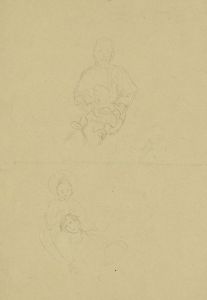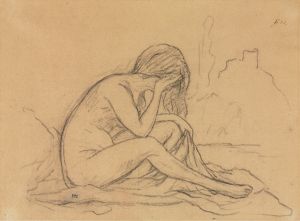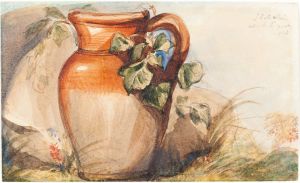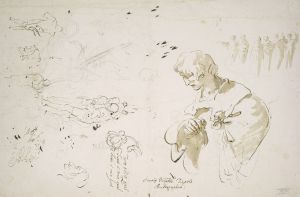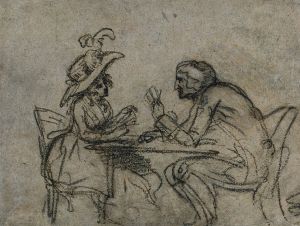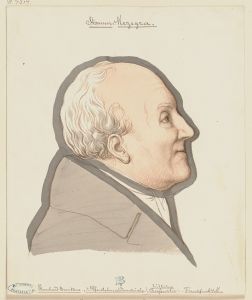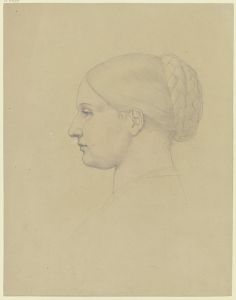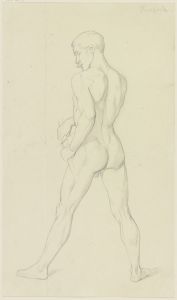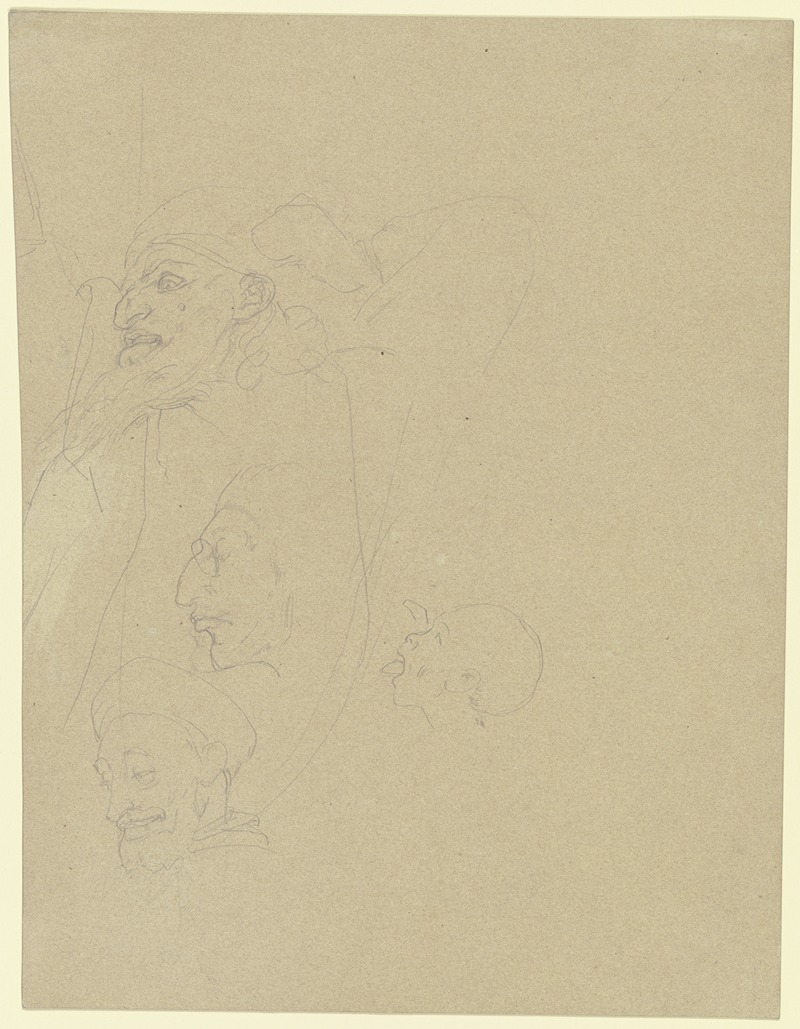
Studienblatt; Vier grimassierende Köpfe
A hand-painted replica of Eduard von Steinle’s masterpiece Studienblatt; Vier grimassierende Köpfe, meticulously crafted by professional artists to capture the true essence of the original. Each piece is created with museum-quality canvas and rare mineral pigments, carefully painted by experienced artists with delicate brushstrokes and rich, layered colors to perfectly recreate the texture of the original artwork. Unlike machine-printed reproductions, this hand-painted version brings the painting to life, infused with the artist’s emotions and skill in every stroke. Whether for personal collection or home decoration, it instantly elevates the artistic atmosphere of any space.
Eduard von Steinle was a notable 19th-century German painter, recognized for his contributions to the Nazarene movement, which sought to revive honesty and spirituality in Christian art. One of his works, "Studienblatt; Vier grimassierende Köpfe" (Study Sheet; Four Grimacing Heads), exemplifies his skill in capturing human expressions and emotions through detailed studies.
"Studienblatt; Vier grimassierende Köpfe" is a study sheet, a type of artwork that artists often use to practice and refine their skills in depicting various subjects. This particular study features four heads, each displaying different grimaces. Such studies were common among artists of the time, serving as exercises in understanding human anatomy, expressions, and the play of light and shadow on the face. Steinle's attention to detail in these studies reflects his dedication to mastering the nuances of human expression, a skill that would have been essential for his larger, more complex compositions.
The Nazarene movement, to which Steinle belonged, was characterized by a return to the spiritual and artistic values of the late Middle Ages and early Renaissance. This movement was a reaction against the perceived excesses of the Baroque and Rococo styles, advocating instead for a more sincere and devout approach to art. Steinle's work, including his study sheets, often incorporated these ideals, focusing on clarity, purity, and emotional depth.
Steinle's "Studienblatt; Vier grimassierende Köpfe" can be seen as both an educational tool and an artwork in its own right. It demonstrates the artist's ability to convey complex emotions through simple pencil or ink sketches. Each head on the sheet is unique, showcasing a range of emotions from surprise to anger, which would have been valuable references for Steinle's narrative and religious paintings.
While specific details about the creation date or the exact medium of "Studienblatt; Vier grimassierende Köpfe" are not widely documented, it is consistent with the practices of the time for artists to create such studies throughout their careers. These sheets were often not intended for public display but rather served as personal exercises or teaching tools for students.
Eduard von Steinle's work, including his study sheets, contributed to the broader goals of the Nazarene movement by emphasizing the importance of preparatory studies in achieving the movement's artistic ideals. His ability to capture the subtleties of human expression in "Studienblatt; Vier grimassierende Köpfe" highlights his technical skill and his commitment to the movement's principles.
In summary, "Studienblatt; Vier grimassierende Köpfe" by Eduard von Steinle is a testament to the artist's expertise in rendering human expressions and his dedication to the Nazarene movement's ideals. Through this study sheet, Steinle not only honed his craft but also contributed to the revival of spiritual and emotional depth in 19th-century art.





